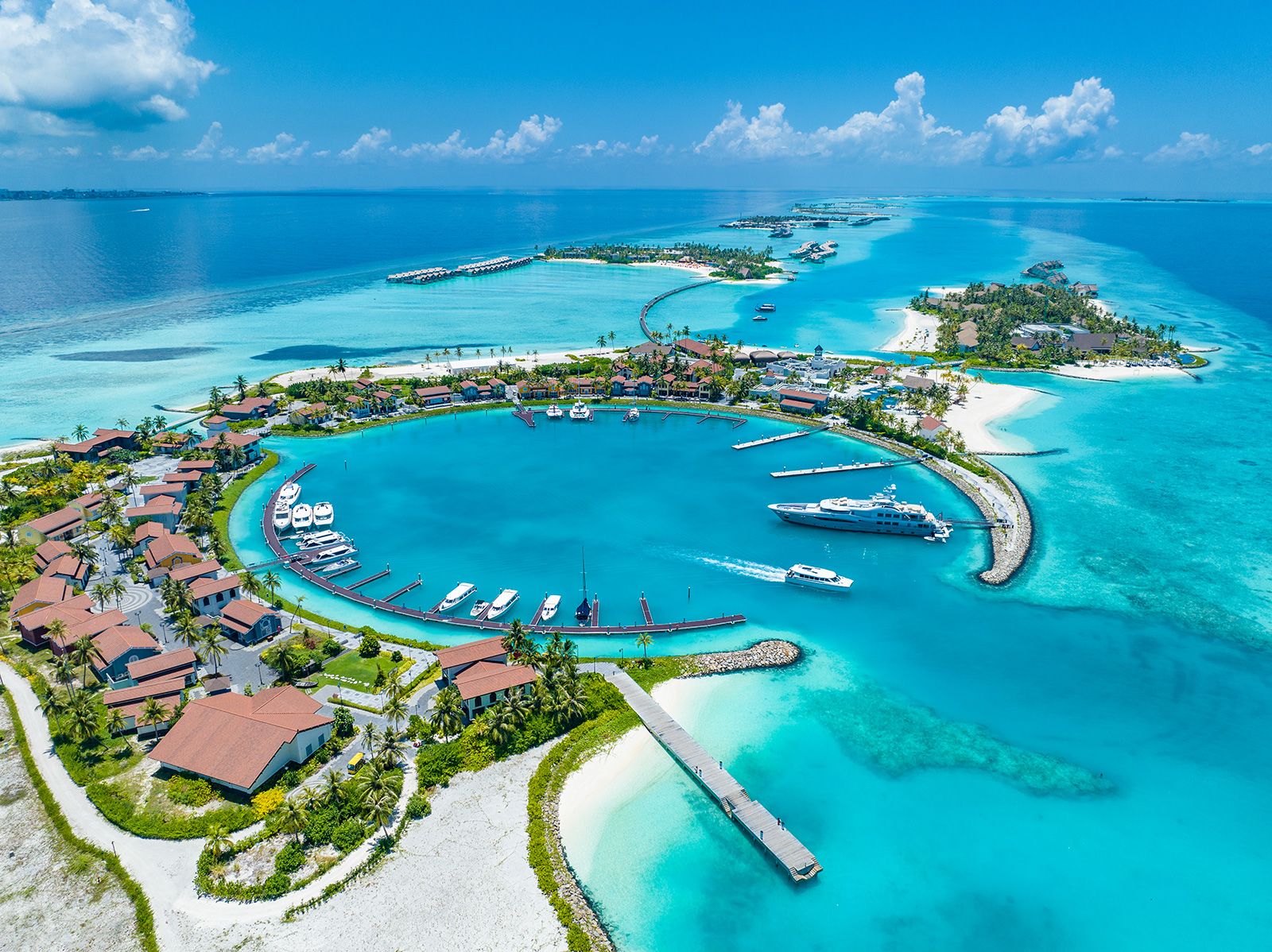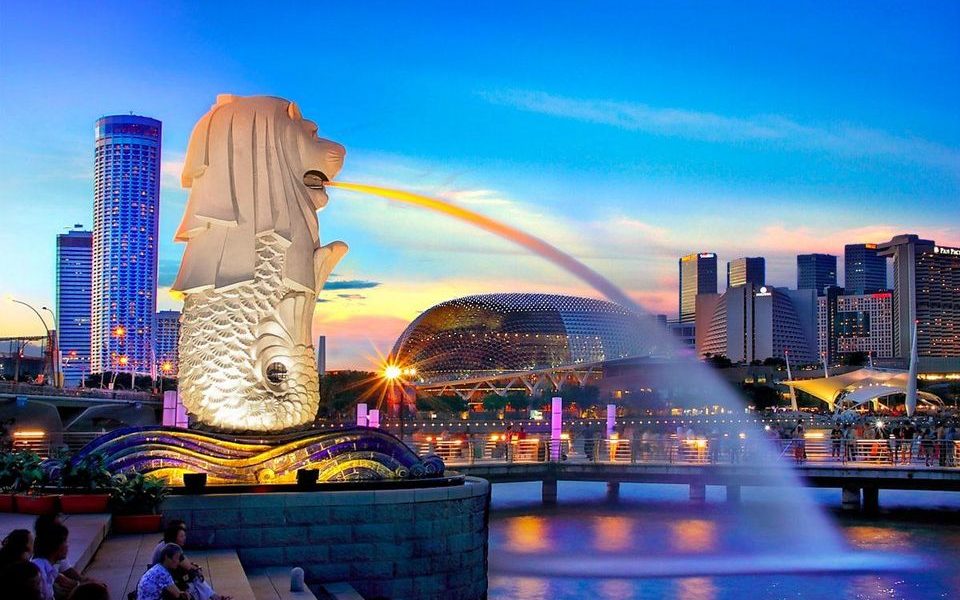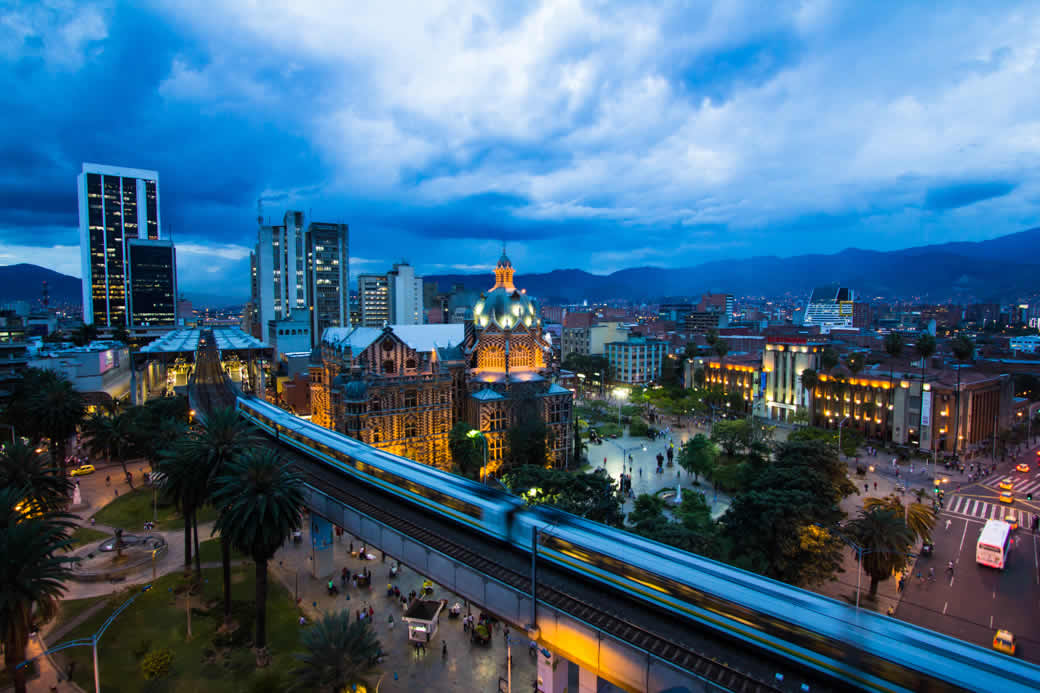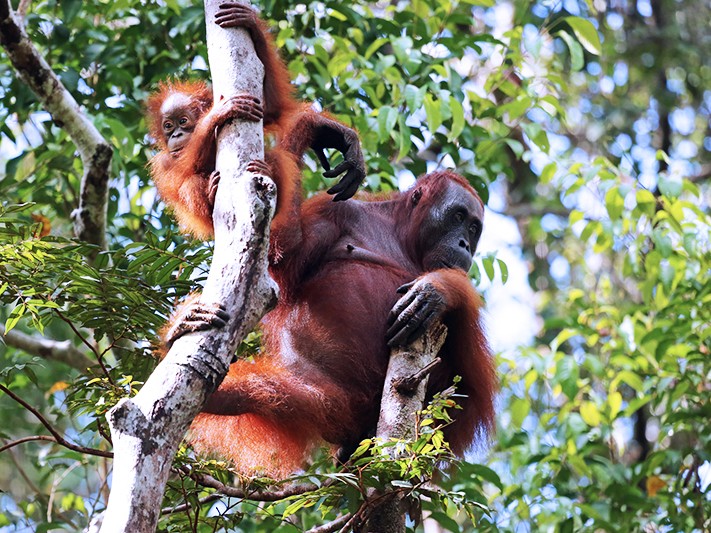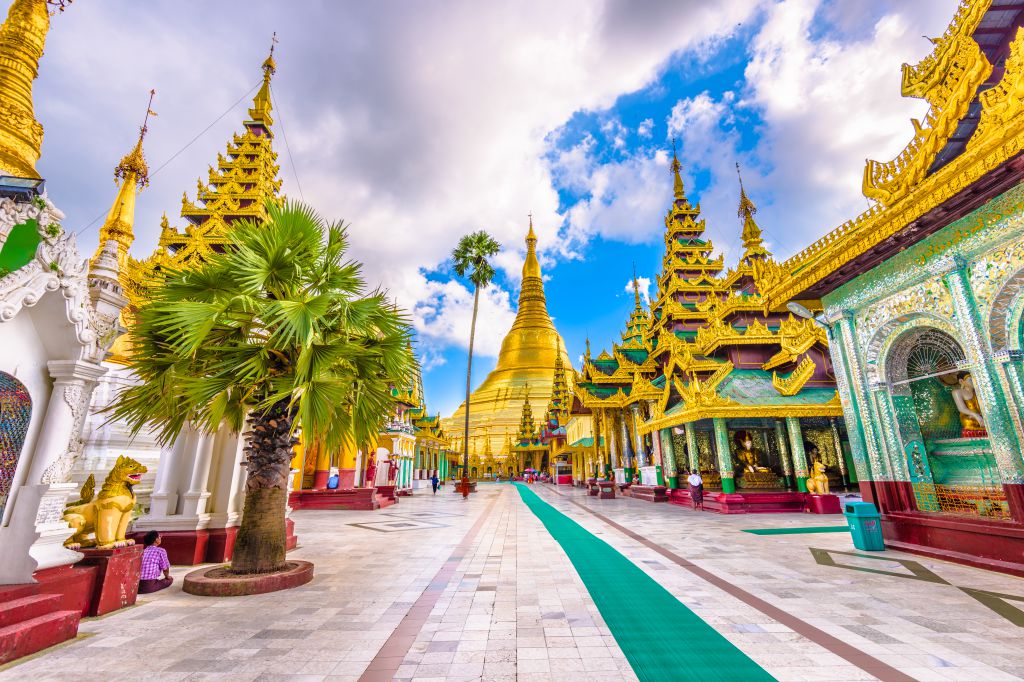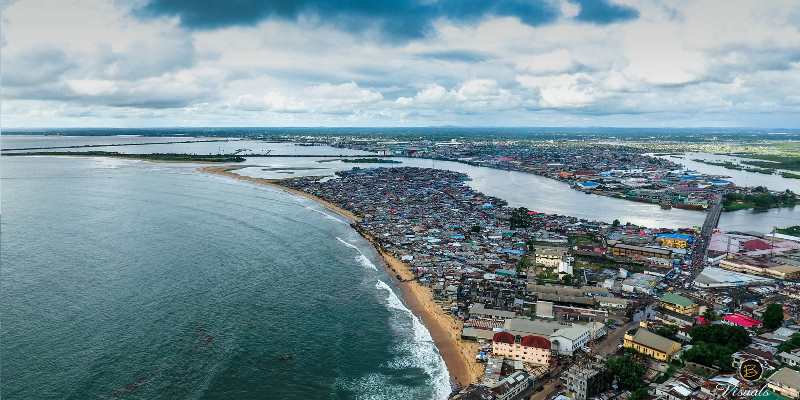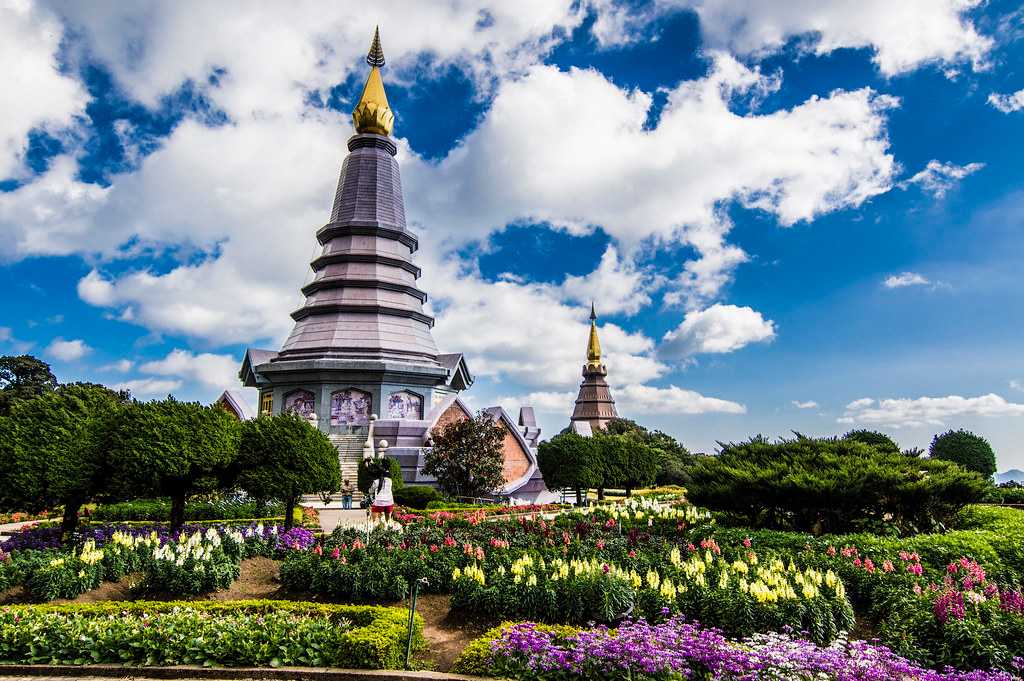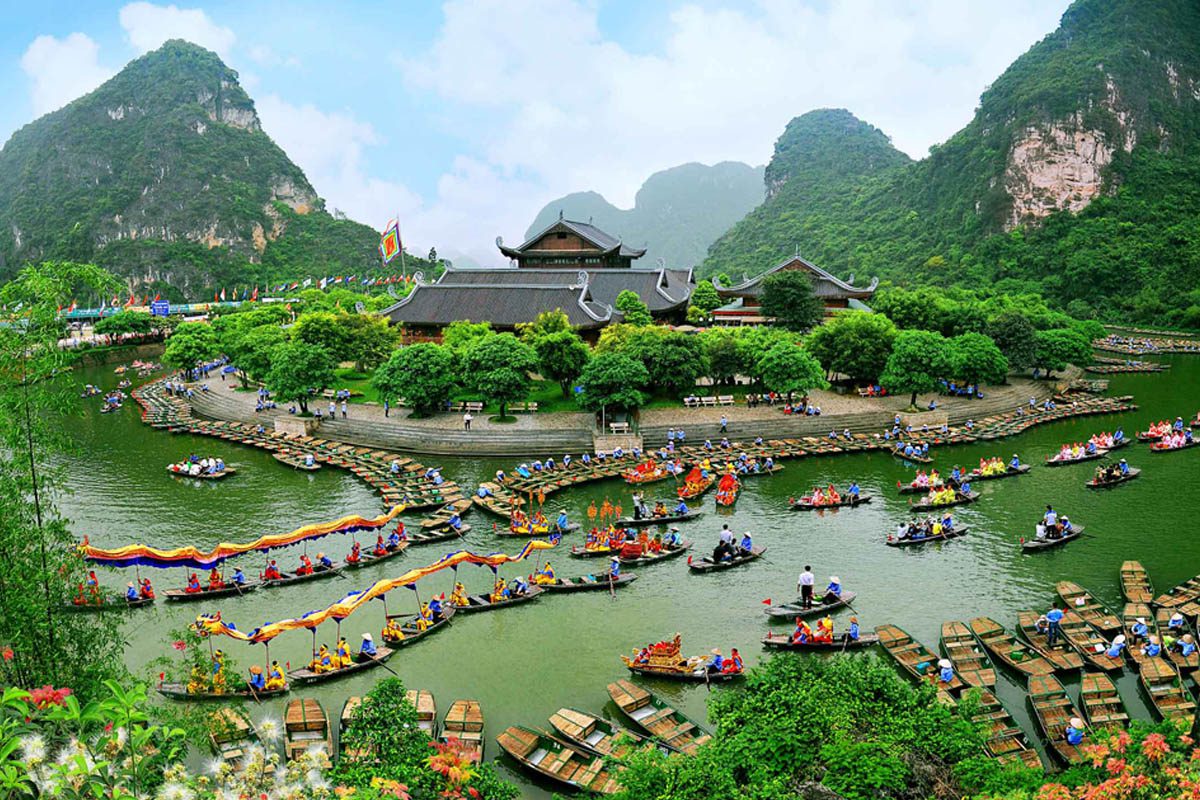Did you know that in some parts of the world, the air is so humid that every breath you take is like touching a piece of silk? Beneath the sun, these countries hide a natural beauty so green and lush that the misty landscape blends with the soft air when it touches your skin.
Welcome to a voyage of discovery to the world's wettest countries, where humidity meets life in harmony.
Maldives
The Maldives, with its beautiful coral, alluring blue waters, and luxurious resorts, is also known as one of the wettest countries in the world due to its location on the equator in the heart of the Indian Ocean. Despite the high humidity, the people have adapted to their environment, using traditional architecture such as houses on stilts, and natural materials such as straw and wicker to build their homes.
Maldivian culture and cuisine also thrive in this humid climate, with fresh seafood and refreshing coconut water. Humidity is not only a hallmark of the climate but also an important part of the country's identity, shaping its unique lifestyle, architecture and culture amidst the unparalleled beauty of its tropical paradise.
Singapore
Singapore, a compact island nation in Southeast Asia, is the second most humid country in the world. Located close to the equator, Singapore has a tropical rainforest climate that results in high humidity levels throughout the year. This creates a humid atmosphere that can be felt by residents and visitors alike, influencing the modern look of the city and the greenery of the cityscape.
Singapore has adapted well to its humid conditions. The city's architecture reflects its commitment to providing protection from the humidity, while its residents embrace a light and comfortable lifestyle. In addition, the country shows innovation in urban planning with vertical gardens and flyovers that incorporate aspects of its climate into modern urban design.
Malaysia
Located in the equatorial belt of Southeast Asia, Malaysia is famous for its rich culture and humid climate. From Kuala Lumpur to Langkawi, this humidity creates a daily rhythm of life and a lush environment. Not surprisingly, its location along the equator means it receives abundant rainfall.
With humidity levels often exceeding 80%, this plays a significant role in shaping the region's diverse ecosystems. The dense rainforests are home to a wide variety of plant and animal species that thrive in the constant humidity. In this humid atmosphere, flora such as orchids and ferns thrive. The forest is also an invaluable sanctuary for exotic creatures such as proboscis monkeys and clouded leopards.
Colombia
Colombia, with its diverse geography and equatorial location, is known as one of the wettest countries in the world. Warm, humid air also comes from the Atlantic Ocean and the Caribbean Sea, creating an environment that supports lush rainforests and vibrant ecosystems.
While this humidity provides a rich life for flora and fauna, it also presents challenges in maintaining infrastructure and preserving historical sites. However, this humid climate also provides opportunities for sustainable practices and innovative architectural designs that adapt to the humid environment.
Papua New Guinea
Papua New Guinea, a country in the southwestern Pacific Ocean, is known as one of the wettest countries in the world. High humidity, often exceeding 80%, creates lush rainforests, vibrant coastal areas, and beautiful mountain landscapes. The people of Papua New Guinea have adapted to this environment through a close relationship with the land while maintaining a rich biodiversity and respect for nature through a unique way of life.
Indonesia
Indonesia, a country within the vast archipelago of Southeast Asia, has the reputation of being one of the most humid countries in the world. Its climate is characterized by high humidity throughout the year. This is influenced by Indonesia's geographical location close to the equator, where the sun shines directly on the region.
This high humidity is an integral part of everyday life in Indonesia. This humid climate shapes everything from landscapes to cultural practices. Indonesia's humidity creates a lush canvas of tropical rainforests, fertile rice fields, and verdant landscapes. These ecosystems are nourished by abundant rainfall, which is facilitated by the moisture, sustaining diverse flora and fauna that thrive in the moisture. The country is also home to iconic species such as the Bornean orangutan and the coral reefs that surround the islands.
Myanmar
Myanmar's geographic location on the equator, coupled with its diverse landscape, contributes to high humidity, especially during the rainy season. This humidity creates a unique atmosphere that resonates with the country's history and culture, which is evident in the mist-shrouded ancient temples of Bagan.
Amid the humidity that pervades Myanmar, there is the tantalizing aroma of roadside food stalls with delicacies passed down from generation to generation. From the tranquil waters of Inle Lake to the bustling alleys of Mandalay, Myanmar's humid climate also influences the rhythm of daily life. This climate also influences the textile industry woven by artisans, as well as the celebration of festivals that showcase the country's diverse traditions.
Liberia
Liberia, a coastal country in West Africa, is also known as one of the most humid countries in the world. This high humidity is due to its location near the equator and the Atlantic Ocean.
Despite the challenges, Liberia shows resilience in its culture, traditions and festive celebrations. The humid air serves as a backdrop for cultural vibrancy and a deep connection to the land that is evident in the music, dance, art, and daily life of the locals.
Thailand
Located in Southeast Asia, Thailand is a country known for its high humidity. Its tropical climate creates a humid environment year-round, influencing culture and daily life.
The aroma of delicious food in Bangkok's street markets and the beauty of the country's iconic rice fields are examples of the synergy between the humid climate and the lives of its people. Architectural designs that take advantage of natural ventilation also reflect Thailand's ability to live in harmony with humidity.
Viet Nam
Viet Nam, with its tropical monsoon climate, is one of the wettest countries in the world. Abundant moisture and high humidity levels affect every aspect of daily life in the country. The rainy season, which brings heavy rainfall, creates lush and vibrant landscapes such as tropical rainforests and iconic rice paddies.
Viet Nam also shows great adaptation to humidity through its architecture, food culture, and cultural celebrations. The open design of traditional houses allows for natural ventilation, while Viet Nam's spicy cuisine also reflects the country's humid environment. Viet Nam's bustling markets also offer a variety of cuisines that reflect the country's environmental characteristics, such as tropical fruits.



